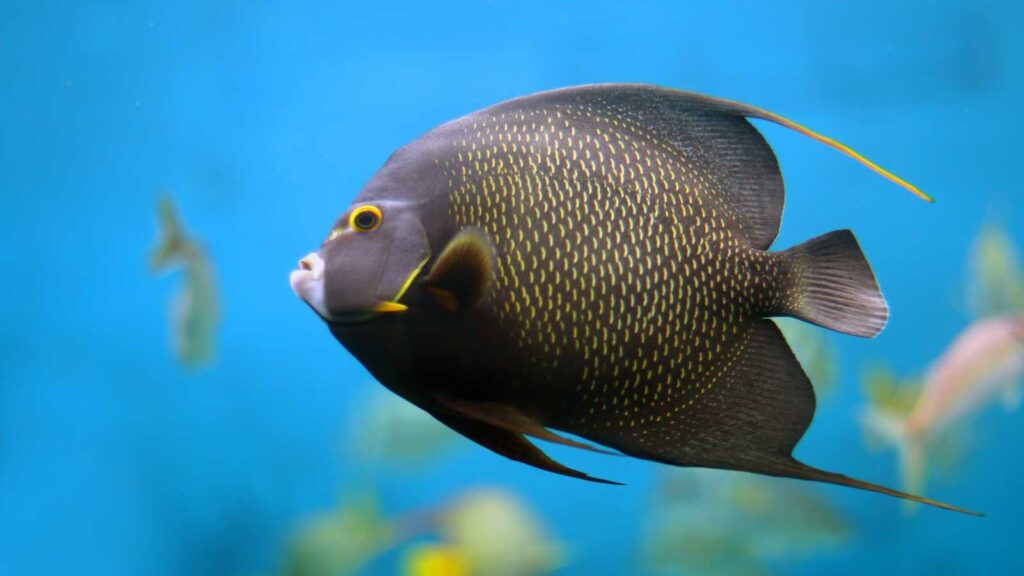In the animal kingdom, finding a mate is essential for survival and reproduction. While some animals may have multiple partners throughout their lives, others form lifelong bonds with a single mate. These 14 animals are known for their incredible loyalty and commitment to their partners.
1. Bald Eagles
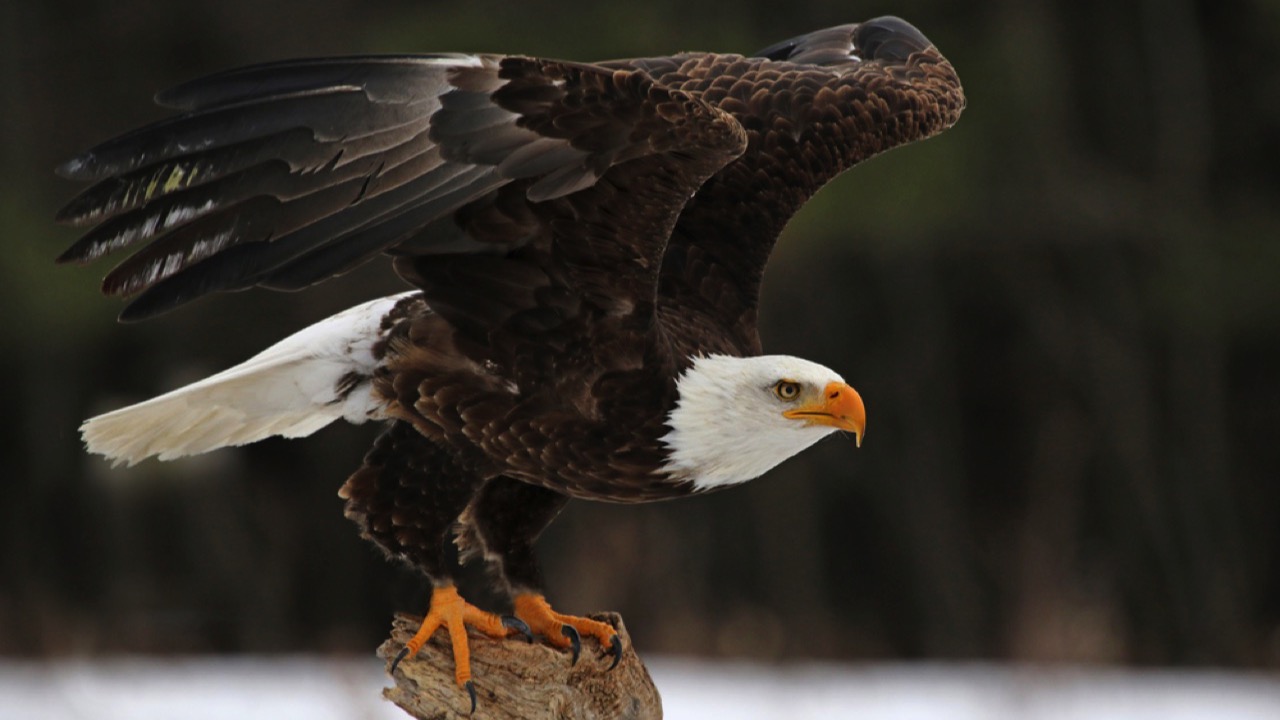
Bald eagles are one of the most well-known animals that mate for life. These majestic birds form strong bonds with their partners and work together to build their nests, incubate their eggs, and raise their young. Bald eagles typically return to the same nesting site year after year, strengthening their bond with each breeding season.
2. Swans

Swans are another species known for their lifelong partnerships. These graceful birds perform elaborate courtship rituals, including synchronized swimming and mirroring each other’s movements. Once a pair of swans has bonded, they will remain together for life, even if one of them becomes injured or ill.
3. Gibbons
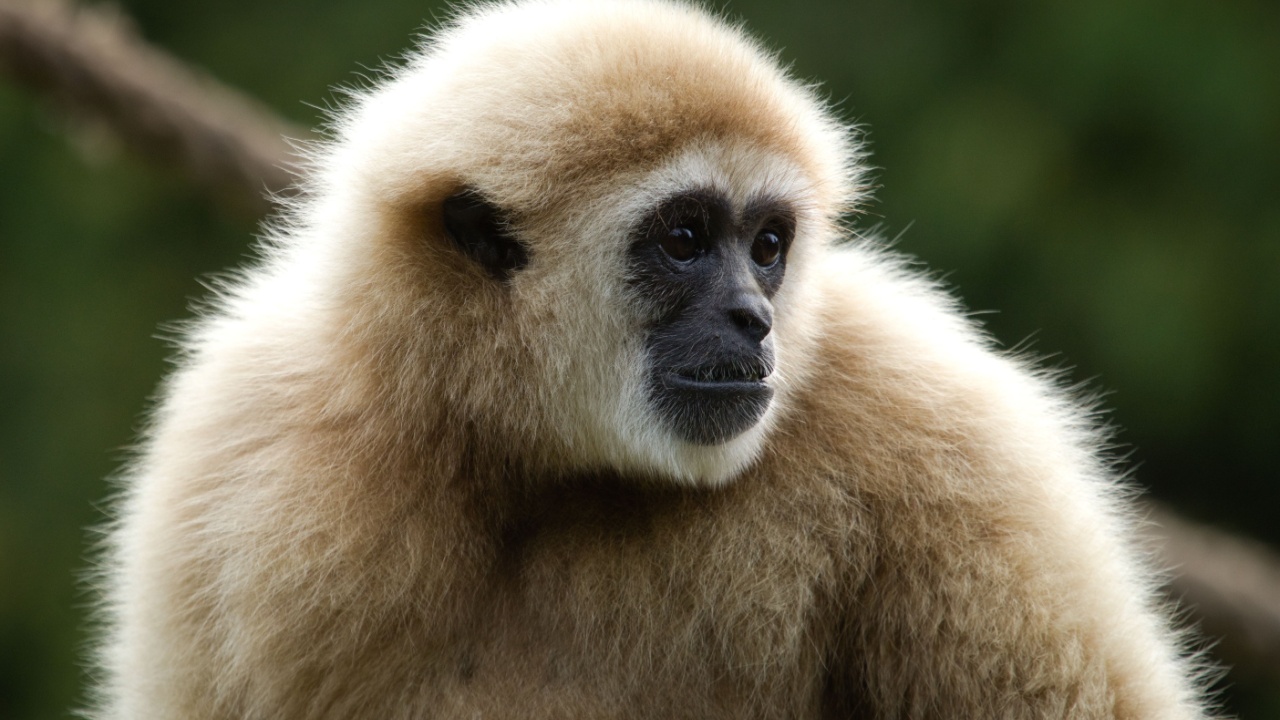
Gibbons, a type of small ape found in Southeast Asia, are known for their strong pair bonds. These arboreal primates live in small family groups consisting of a mated pair and their offspring. Gibbons are highly territorial and use complex vocalizations to communicate with their partners and defend their territory.
4. Wolves
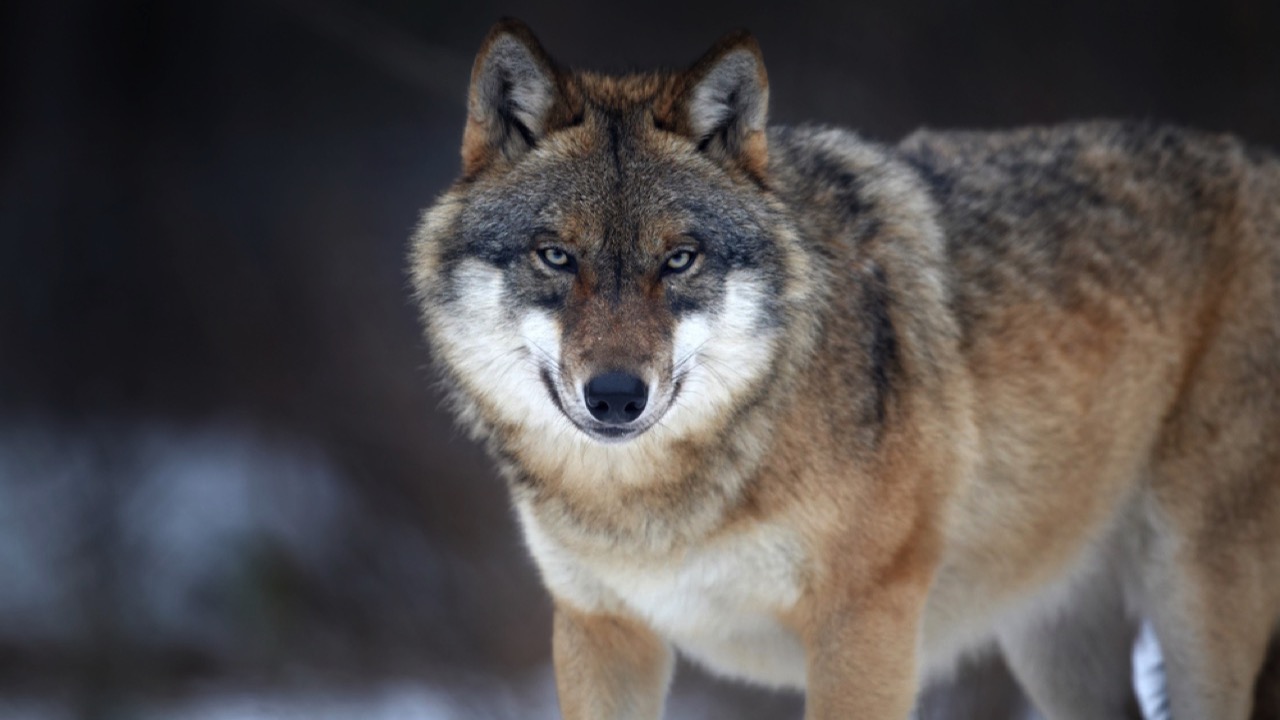
Gray wolves are highly social animals that form close-knit family groups known as packs. Within these packs, a dominant male and female form a lifelong pair bond. The alpha pair works together to lead the pack, hunt for food, and raise their pups. Wolves are fiercely loyal to their mates and will go to great lengths to protect them.
5. Albatross
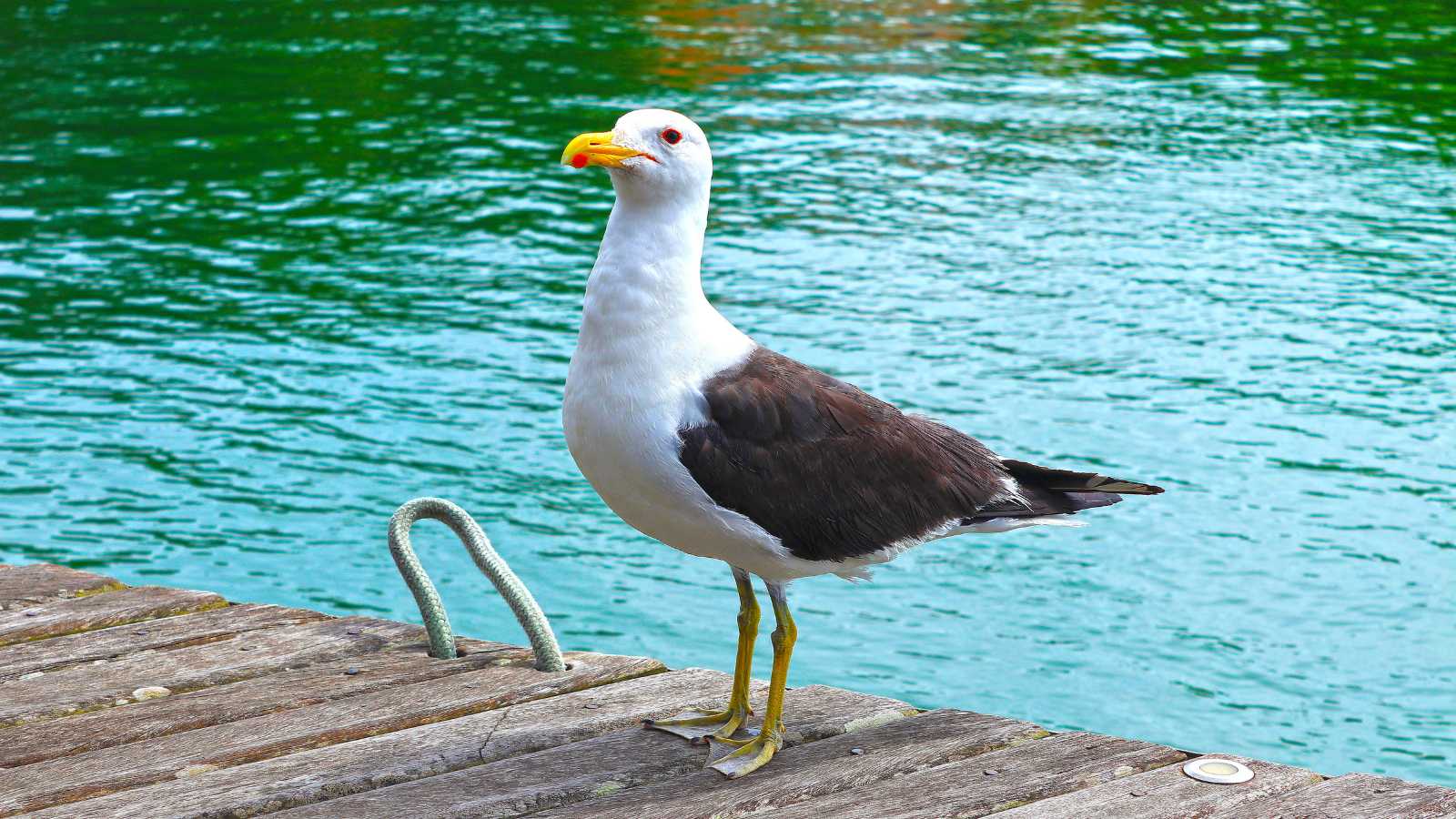
Albatrosses, large seabirds found in the Southern Ocean, are known for their long-distance flights and incredible lifespans. These birds also form lifelong pair bonds, with some couples staying together for over 50 years. Albatrosses perform elaborate courtship dances, including bill-clacking and synchronized wing displays, to establish and strengthen their bond.
6. French Angelfish
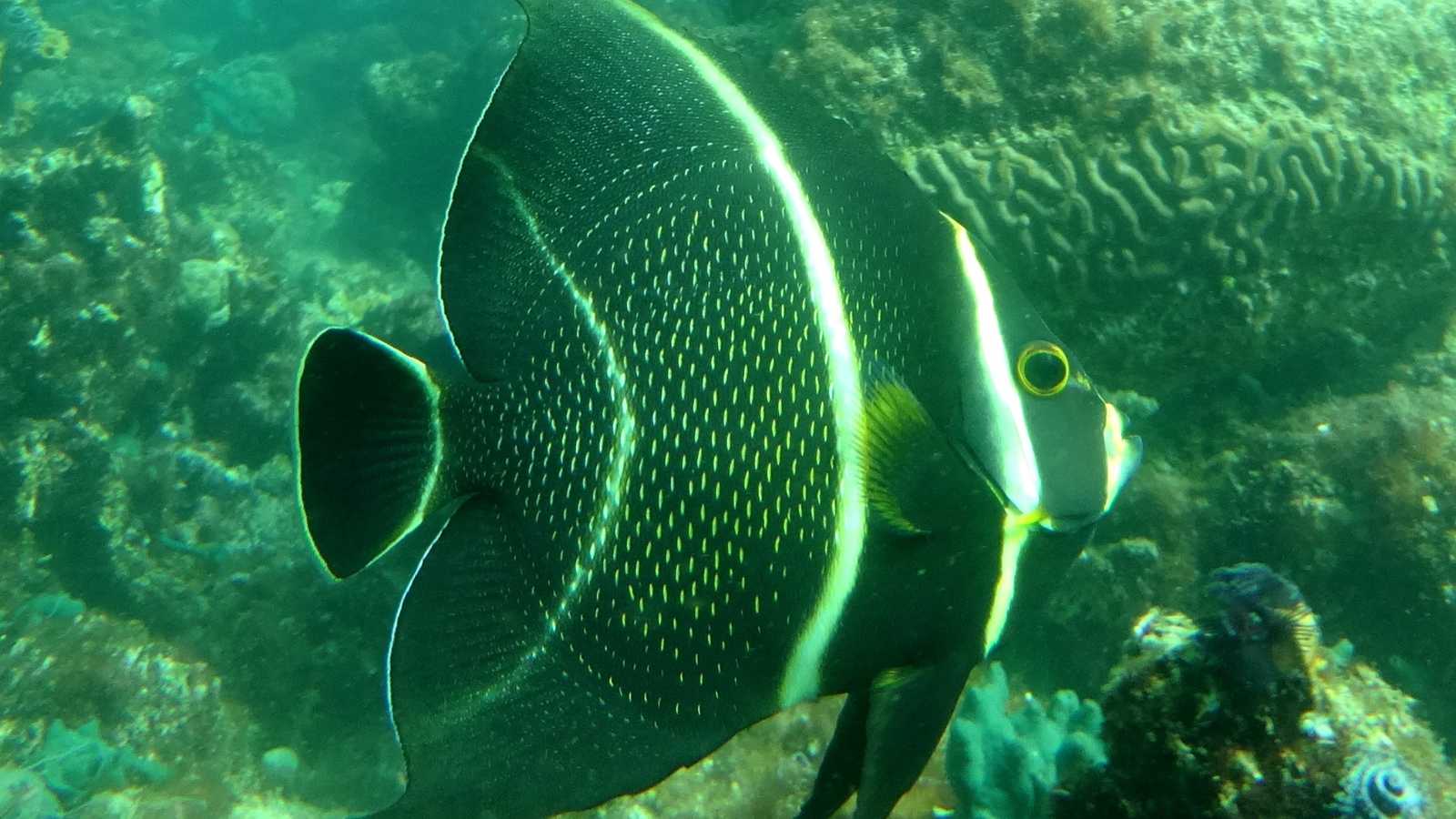
French angelfish, a species of coral reef fish, form monogamous pairs that can last for years. These colorful fish work together to defend their territory and take turns caring for their eggs. If one partner dies, the surviving angelfish may take several years to find a new mate.
7. Termites
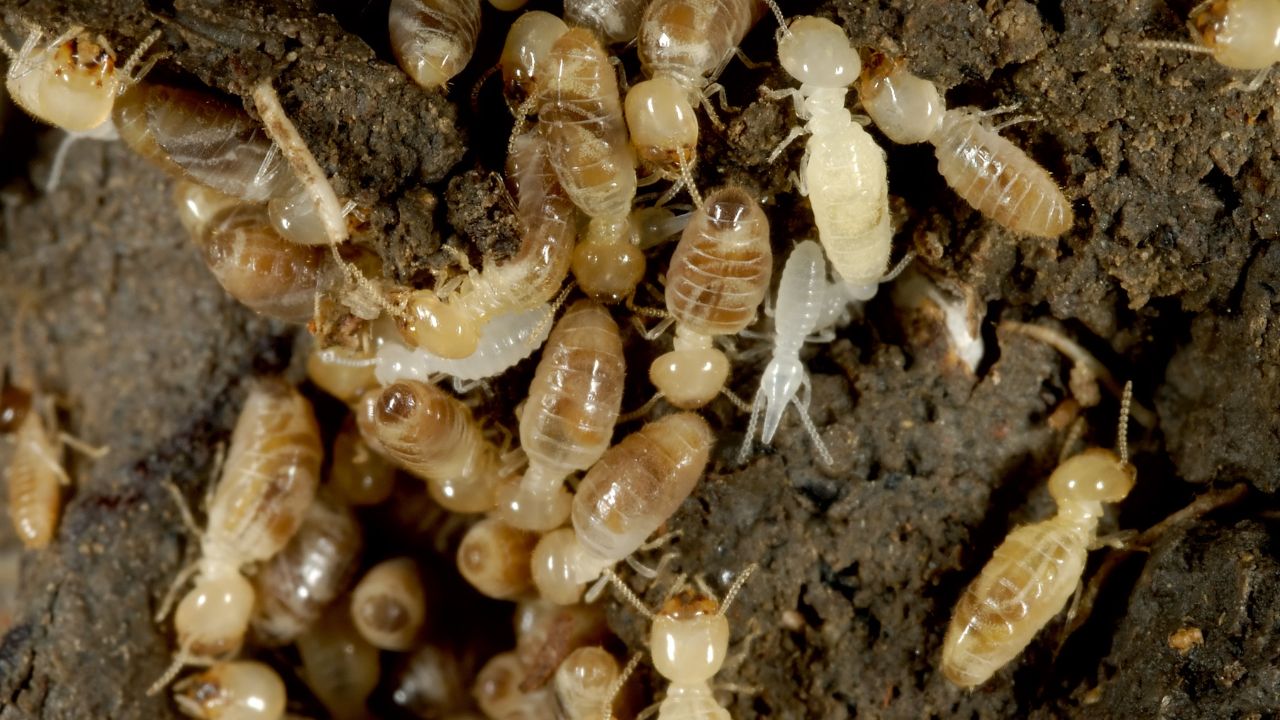
While not as well-known as some of the other animals on this list, termites are actually highly social insects that form lifelong pair bonds. In a termite colony, the king and queen are the only reproductive individuals and can live for decades. The queen can lay millions of eggs over her lifetime, and the king stays by her side, helping to care for the colony.
8. Barn Owls

Barn owls, a widespread species of owl, form lifelong pair bonds and work together to raise their young. These nocturnal birds are highly adaptable and can be found in a variety of habitats, from forests to urban areas. Barn owl pairs communicate through a variety of vocalizations and are highly territorial, defending their nesting sites from other owl pairs.
9. Penguins
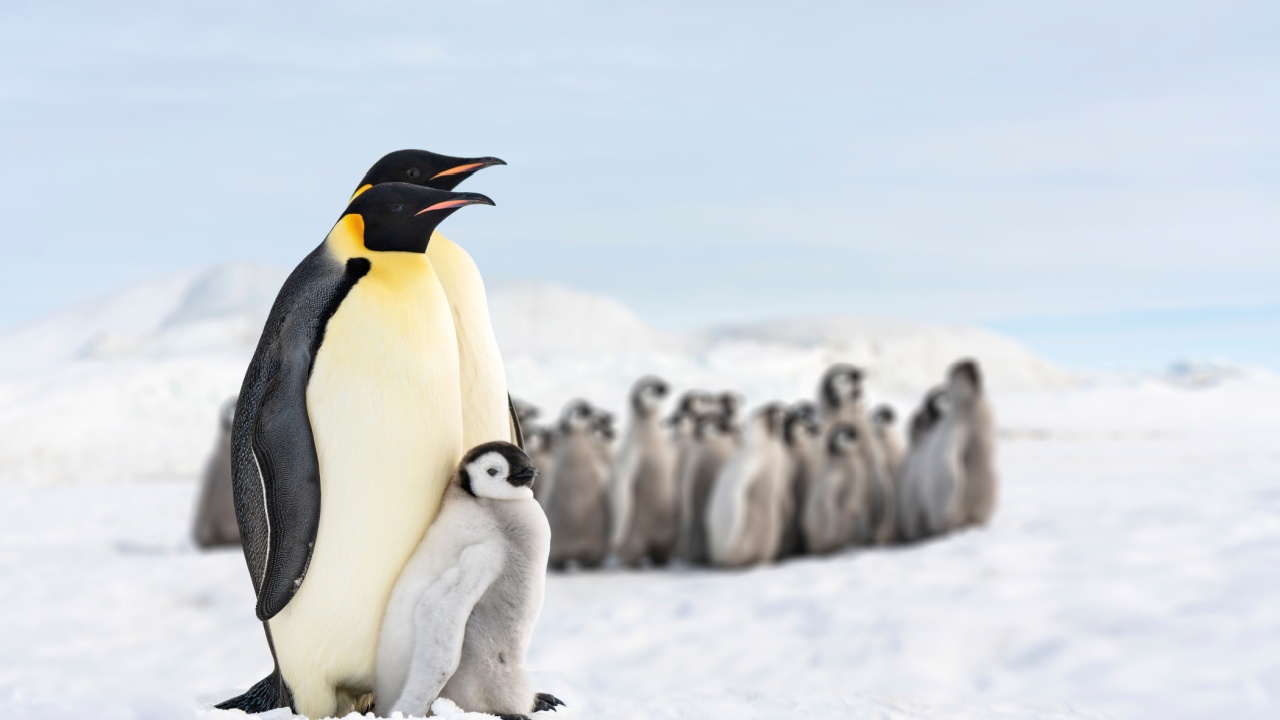
Many species of penguins, including emperor penguins and Adélie penguins, form long-term pair bonds. These flightless birds work together to incubate their eggs and care for their chicks in harsh Antarctic conditions. Penguin couples perform elaborate courtship rituals, including bowing, preening, and stone-gifting, to establish and strengthen their bond.
10. Prairie Voles
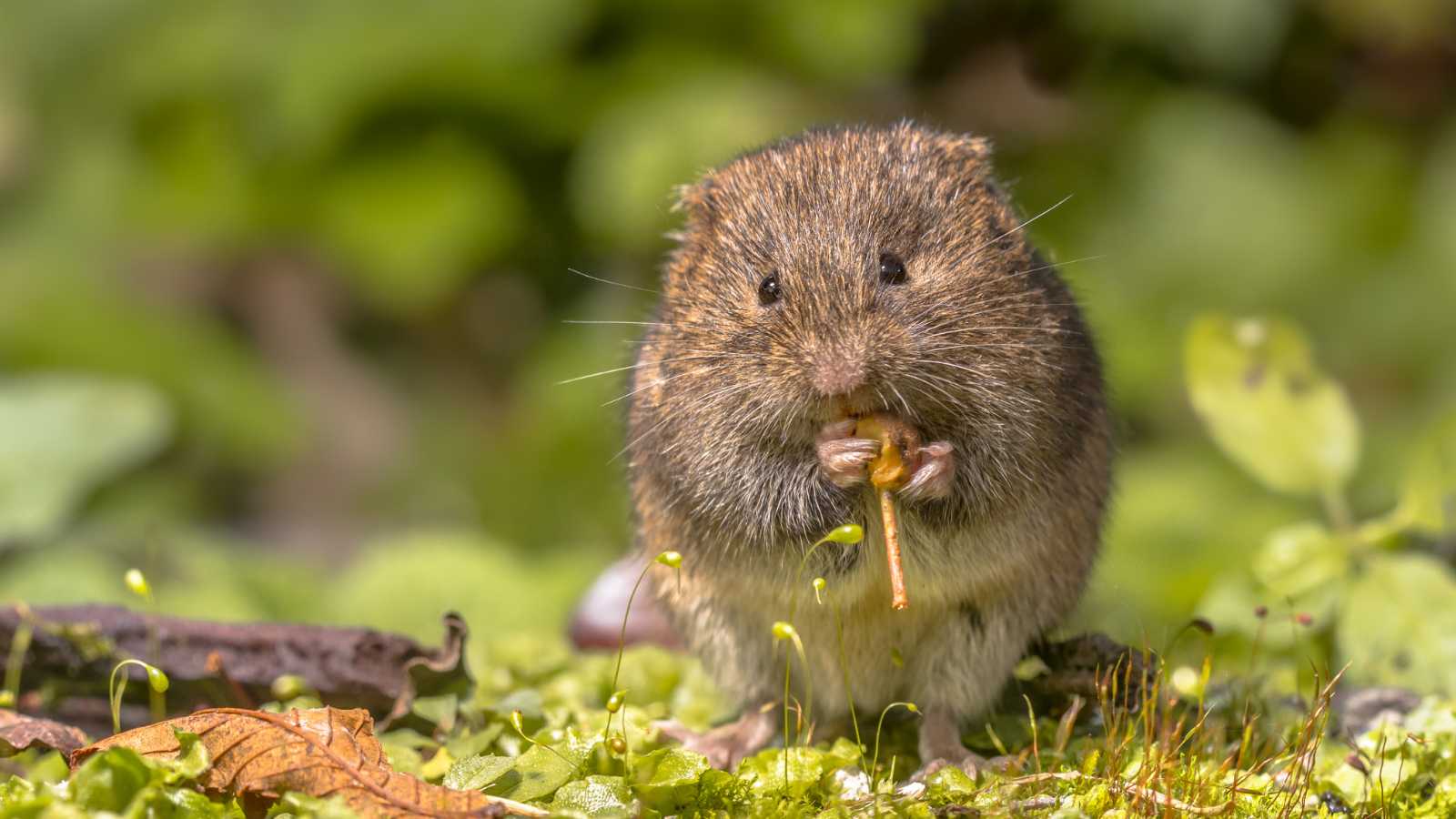
Prairie voles, small rodents found in North America, are known for their strong pair bonds and monogamous behavior. These animals form close attachments to their mates and work together to build nests, forage for food, and raise their young. Researchers have found that prairie voles have high levels of oxytocin and vasopressin, hormones associated with bonding and attachment, which may explain their lifelong partnerships.
11. Beavers
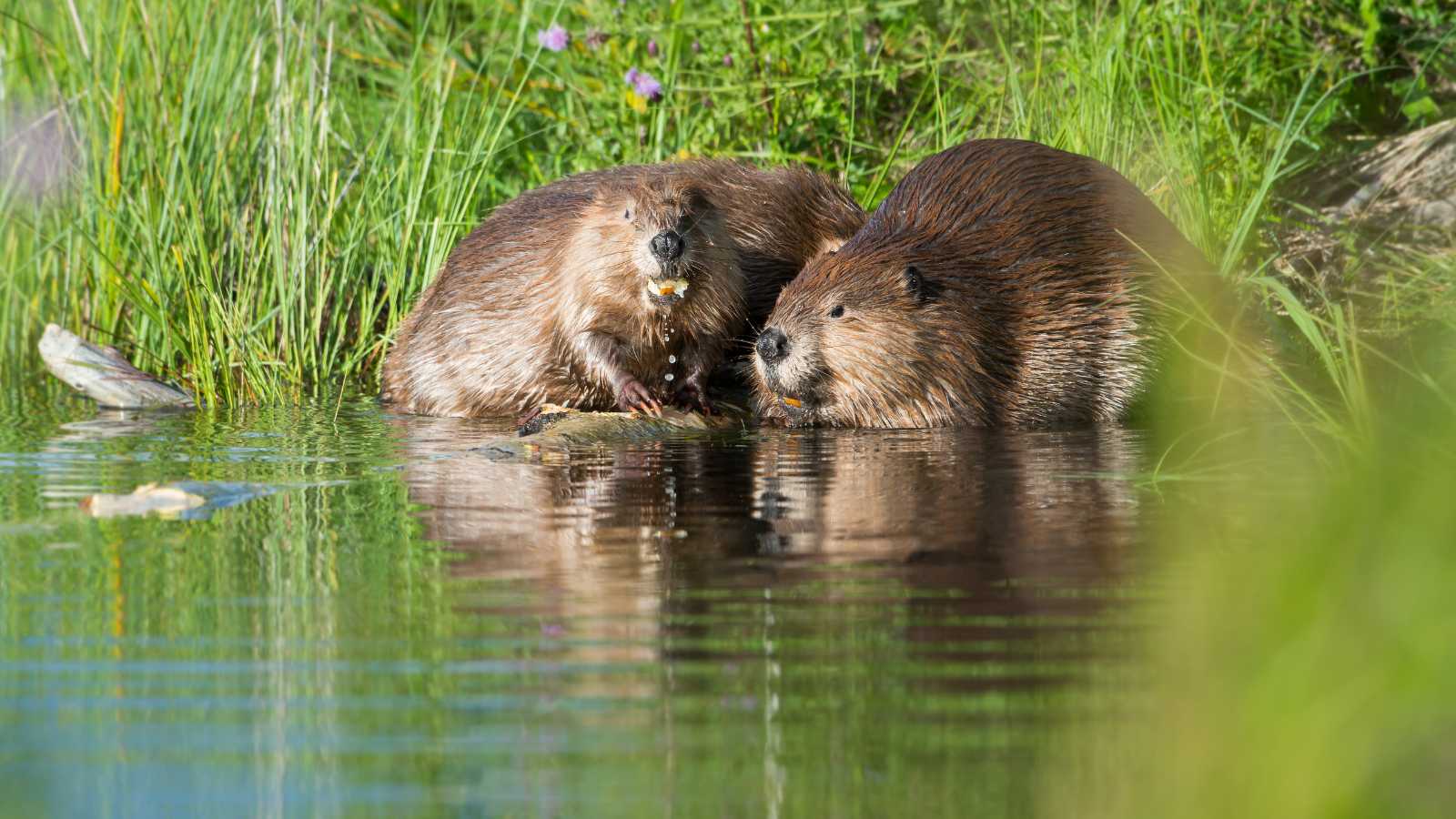
Beavers, the largest rodents in North America, form lifelong pair bonds and work together to build and maintain their lodges and dams. These industrious animals are highly territorial and use scent marking to communicate with their partners and defend their territory. Beaver pairs typically stay together for life, raising multiple litters of kits over the years.
12. Shingleback Skinks
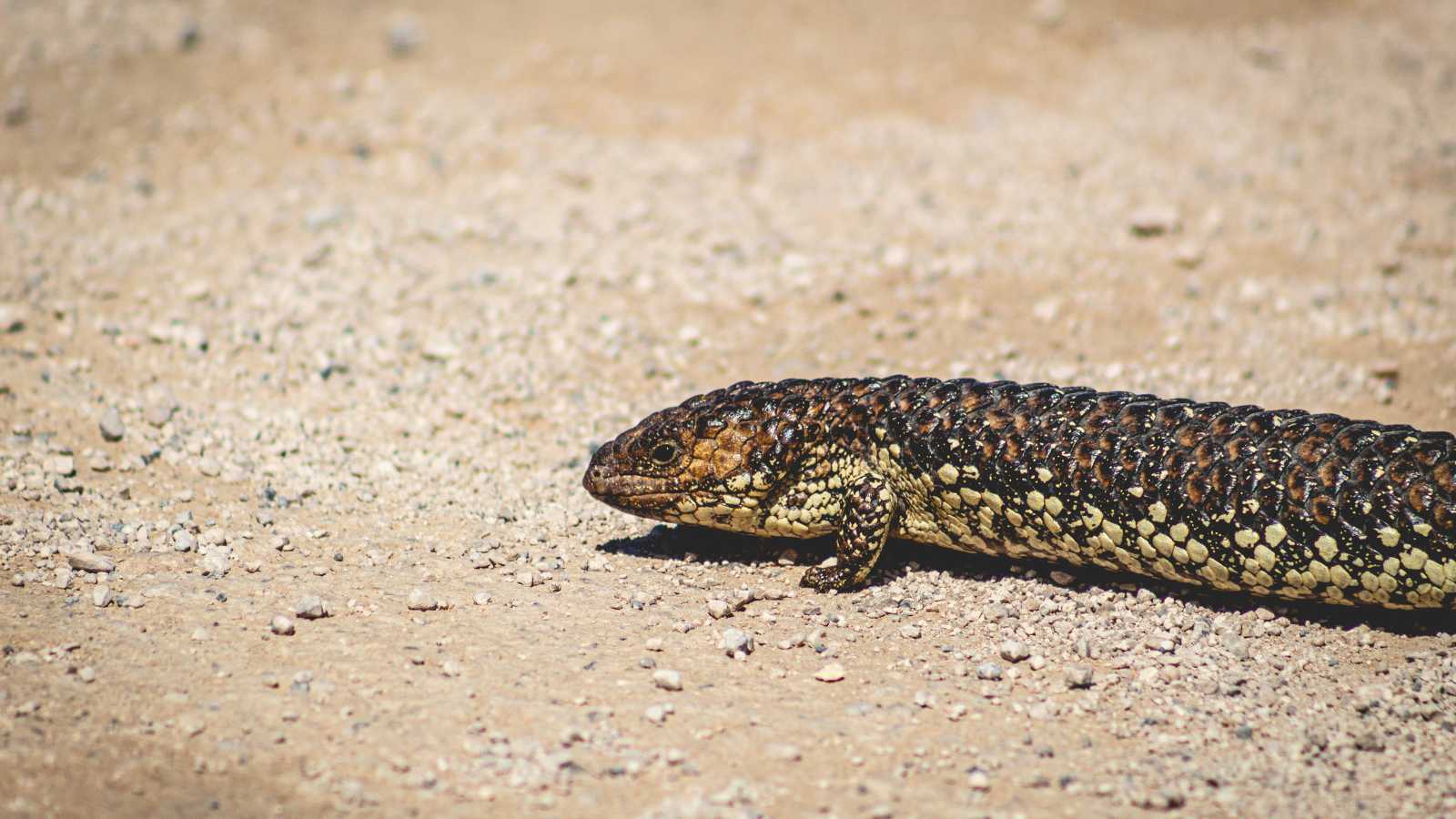
Shingleback skinks, a type of lizard found in Australia, form long-term monogamous relationships. These reptiles are highly territorial and use a variety of visual and chemical cues to communicate with their partners. Shingleback skink pairs often bask together in the sun and share resources, such as food and shelter.
Becky is a fervent wildlife enthusiast and pet care expert with a diploma in canine nutrition. Her love for animals stretches beyond the domestic, embracing the wild tapestry of global fauna. With over a decade of experience in animal welfare, Becky lends her expertise to OutlandishOwl through insightful articles, captivating wildlife information, and invaluable guidance on pet nutrition. Her work embodies a deep commitment to understanding the intricate lives of animals and a passion for educating others on sustaining natural habitats. Becky's hands-on conservation efforts and her knack for translating complex dietary science into practical pet feeding tips make her an indispensable voice for creatures great and small.

